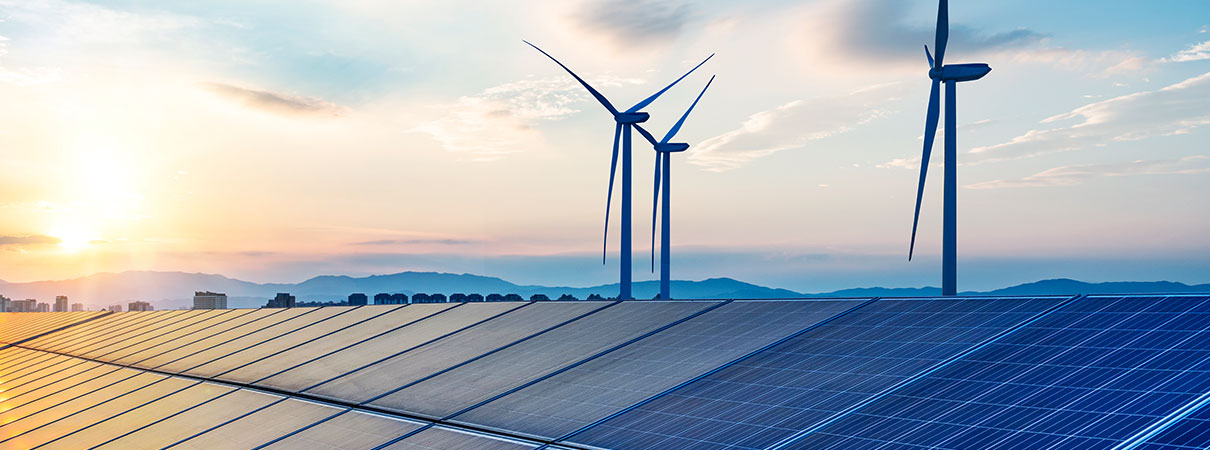What Is a Dry Climate? Understanding Its Characteristics and Global Impact
A dry climate is characterized by low precipitation levels and significant evaporation, leading to arid or semi-arid conditions. These climates play a crucial role in global weather patterns and environmental systems, influencing ecosystems, agriculture, and human settlements. Dry climates can experience extreme temperature variations, making them unique and often challenging environments for life.
1. Definition of Dry Climate
A dry climate is defined as one that receives very little precipitation throughout the year, typically less than 10 to 20 inches (250 to 500 mm) annually. This classification includes both arid regions, such as deserts, and semi-arid areas, which receive slightly more rainfall but remain significantly dry. The distinction between these types is essential for understanding the ecological and agricultural potential of different regions.
2. Key Features of Dry Climates
Low Precipitation
Dry climates are marked by minimal and often irregular rainfall. Arid regions (deserts) receive less than 10 inches (250 mm) of rain annually, while semi-arid regions can receive up to 20 inches (500 mm). The variability in precipitation can lead to drought conditions, significantly impacting local ecosystems and human activities[1][2].
Extreme Temperature Variability
These climates are known for their wide temperature swings, with hot days often followed by much cooler nights. For instance, desert areas can see daytime temperatures soaring above 40 degrees Celsius (104 degrees Fahrenheit) while nighttime temperatures may drop significantly[1]. Seasonal fluctuations can also be pronounced, especially in cold deserts where winters can be frigid[2].
Dry Air and Low Humidity
Dry climates typically have low humidity levels due to the scarcity of moisture in the air. This results in high evaporation rates that often exceed the amount of precipitation received. Consequently, these conditions create challenges for sustaining moisture in the soil and atmosphere, further complicating agricultural practices[1][2].
3. Types of Dry Climates
Arid (Desert) Climate
Desert climates are characterized by extreme dryness, receiving less than 10 inches (250 mm) of rain per year. They feature hot days, cold nights, and sparse vegetation adapted to survive with minimal water. Notable examples include:
– The Sahara Desert (Africa)
– The Atacama Desert (South America)
– The Arabian Desert (Middle East)
Semi-Arid Climate
Semi-arid climates receive slightly more rainfall than deserts but remain dry overall. These regions often support grasslands and shrubs, allowing for some agricultural activity. Examples include:
– Parts of the Great Plains (USA)
– The Sahel (Africa)
– Interior Australia
4. Global Regions with Dry Climates
– North Africa: Home to the Sahara Desert, the largest hot desert globally.
– Middle East and Central Asia: Includes deserts like the Arabian Desert and Gobi Desert.
– Southwestern United States: Regions like Arizona and Nevada exemplify desert and semi-arid climates.
– Australia: Much of the interior experiences dry conditions typical of arid climates.
5. Impact of Dry Climates on Ecosystems and Human Life
Challenges for Flora and Fauna
Plants and animals in dry climates have developed unique adaptations to cope with water scarcity. For example, desert plants often have deep roots or specialized structures for water storage, while many animals exhibit nocturnal behaviors to avoid daytime heat[1][2].
Human Settlements in Dry Climates
Living in dry regions poses challenges such as water scarcity and extreme temperatures. Human civilizations have adapted through various means including irrigation systems, water conservation techniques, and nomadic lifestyles that allow them to manage limited resources effectively[1][2].
Agriculture in Dry Climates
Farming in dry climates is challenging due to limited rainfall and soil degradation. Techniques such as drip irrigation and cultivating drought-resistant crops are essential for sustaining agricultural productivity in these environments[4][8].
6. Climate Change and Its Impact on Dry Climates
Intensification of Droughts
Climate change is exacerbating drought conditions globally. Rising temperatures lead to increased evaporation rates, which can intensify existing dry conditions[5][9].
Desertification
Many semi-arid regions are experiencing desertification due to climate change, transforming once productive lands into arid landscapes. This process is particularly concerning in areas like the Sahel region of Africa[3][9].
FAQs
– What is the difference between arid and semi-arid climates?
Arid regions are drier than semi-arid areas; deserts typically have more extreme conditions compared to the slightly wetter semi-arid regions.
– Can people live in dry climates?
Yes, people adapt through various means such as efficient water use practices; many civilizations have thrived in these environments.
– What are common plants found in dry climates?
Cacti, succulents, and drought-resistant grasses are typical flora adapted to survive with minimal water.
– Is climate change making dry climates worse?
Yes, climate change is leading to more frequent droughts and increasing the risk of desertification.
– How do animals survive in dry climates?
Animals adapt through behaviors such as being nocturnal or developing physiological traits that minimize water loss.
Conclusion
In summary, a dry climate is defined by its low rainfall, extreme temperature fluctuations, and low humidity levels. Understanding these characteristics is vital as they significantly impact ecosystems and human life around the world—especially in light of ongoing climate change challenges that threaten these already fragile environments. Recognizing how dry climates shape both natural systems and human societies is crucial for developing effective strategies for adaptation and sustainability moving forward.

Kyle Whyte is a notable scholar and professor at the University of Michigan, holding positions such as the George Willis Pack Professor in the School for Environment and Sustainability and Professor of Philosophy. Specializing in environmental justice, his work critically examines climate policy and Indigenous peoples’ ethics, emphasizing the nexus between cooperative scientific endeavors and Indigenous justice. As an enrolled Citizen Potawatomi Nation member, he brings a vital perspective to his roles as a U.S. Science Envoy and member of the White House Environmental Justice Advisory Council. His influential research is supported by various prestigious organizations including the National Science Foundation, and disseminated through publications in high-impact journals. Kyle actively contributes to global Indigenous research methodologies and education, with affiliations to numerous institutes and societies dedicated to traditional knowledge and sustainability. Recognized for his academic and community engagement, Kyle has earned multiple awards and served in various visiting professorships. His efforts extend to leadership positions on boards and committees focused on environmental justice nationwide.
